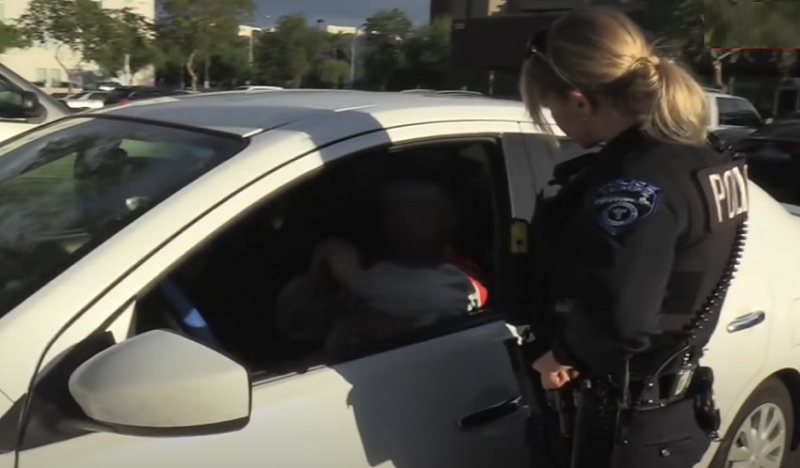
Diversity, equity, and inclusion (DEI) has spawned a new layer of management and influence in business, industry, government, education, medicine, and criminal justice. In many ways, law enforcement has been at the forefront of moving toward inclusion of women and minorities in hiring and leadership.
At the outset let me admit that there is no way to talk about this issue, which covers the universe of gender bias, racism, the rights of the disabled, and representation, without offending someone along the way. The topic is rich with the unsavory history of the treatment of underserved populations and ripe with opportunity to address those inequities.
What is often overlooked is the celebration of progress that has been made in recent years, despite the past grievances and future hopes for more change. This is especially true of women in policing. The history of policing is certainly bruised by the exclusion of large segments of the population. But due to the visibility of law enforcement as the face of government and public service, the demands for change have been and are being heard.
As a historical artifact myself, I have watched the movement toward DEI in policing before it was an essential element of human resources offices everywhere. I remember when the first female officer joined the ranks of my first police department in Missouri. In a relatively new facility, there had been no planning for women members on the force. We had a nice locker room with showers, but our first women were limited to the existing women’s bathroom. I admit to treating our rookie female differently, rushing to offer backup where I would normally have expected a male colleague to handle a contact on their own.
We were uncertain if we should watch our language and rough-housing when Mary was around, or whether our dainty, blond-haired, and decidedly feminine rookie would become masculinized in the boys’ club of our daily work. It was said that women would relate better to juvenile cases and were better at defusing situations without resorting to coercion. Over time I came to understand that every officer, regardless of their sex, had their own set of skills and expertise, and could be a marginal cop or a good one. I’ve worked with both.
The women of my generation of officers have perhaps been forgotten as pioneers and survivors. Male-oriented physical requirements and hiring policies that have not survived lawsuits, civil rights claims, and federal laws prohibiting discrimination by sex, took years to change the landscape of police recruitment. Charlene Graham, who I met while teaching at a police academy, told of being the first female on the Pueblo Police Department in Colorado, retiring as a Deputy Chief. At the dawn of her career, her uniform was a skirt with the little meter maid-type hat, and she was not allowed to make an arrest without a male officer present. An officer I worked with, also in southern Colorado, Pat Fletcher, was one of the first of two female officers with the Aurora, CO police department. She tells of often getting no backup on calls, either in protest of her hiring or to make sure she could sink or swim on her own in dangerous situations as a police officer.
As of 2021, just 13% of police officers in the U.S. are female, although they make up 60% of civilian police employees. While this obviously doesn’t represent the total population demographic, it represents opportunities that simply weren’t there a generation ago. In a recent issue of Police Chief Magazine, it was reported that women comprise nearly ten percent of supervisory positions, two percent of police chiefs, and over seven percent of command ranks. The article also reported that the most recent academy class of the New York City Police Department was nearly thirty percent female, perhaps a promising barometer of an increasing influx of women headed into a police career.